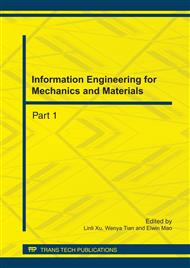p.237
p.241
p.245
p.250
p.255
p.261
p.266
p.271
p.276
Inductor-Based Active Balancing of Li-Ion Battery
Abstract:
The necessity of the Li-ion battery balancing is elaborated by this paper. It also introduces the classification of the balancing method existed and compares the advantages and disadvantages of various balancing circuit. By comparison, we focus on researching on the inductor-based active balancing of Li-ion battery, and prospect the direction of the balancing circuit.
Info:
Periodical:
Pages:
255-260
Citation:
Online since:
July 2011
Authors:
Price:
Сopyright:
© 2011 Trans Tech Publications Ltd. All Rights Reserved
Share:
Citation:


